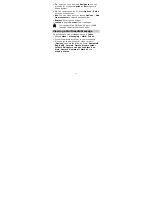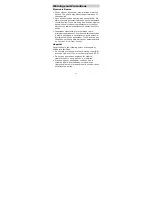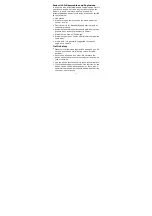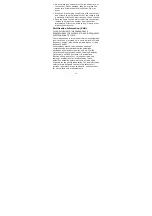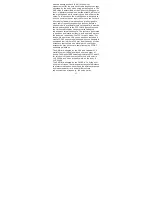
25
Specific Absorption Rate (SAR) is the unit of
measurement for the amount of radio frequency energy
absorbed by the body when using a mobile phone. The
SAR value is determined at the highest certified power
level in laboratory conditions, but the actual SAR level of
the mobile phone while operating can be well below the
value. This is because the mobile phone is designed to
use the minimum power required to reach the network.
All models of Huawei’s mobile phone are designed to
meet radio frequency exposure guidelines. Before a
phone model is available for sale to the public, it must be
tested and certified to the FCC that it does not exceed
the limit established by the government-adopted
requirement for safe exposure. The tests are performed
in positions and locations (that is, at the ear and worn on
the body) as required by the FCC for each model. For
body worn operation, this phone has been tested and
meets FCC RF exposure guidelines when the handset is
positioned a minimum of 15 mm from the body with an
accessory that contains no metal part. Use of other
accessories may not ensure compliance with FCC RF
exposure guidelines.
The SAR limit adopted by the USA and Canada is 1.6
watts/kilogram (W/kg) averaged over one gram of
tissue. The highest SAR value reported to the FCC and IC
for this device type when tested for use at the ear is
1.160W/kg, and when properly worn on the body is
1.150W/kg.
The SAR limit adopted by the CNIRP is 2.0 W/kg over
one gram of tissue. The value guarantees a safe distance
to protect mobile phone users and the difference caused
by measurement errors. Under different test
requirements and frequency, the value varies.


